
Chaiten Lava Dome viewed from North Caldera Rim on 6. Dec. 2009 (Stitched Panorama Image). Dome was in phase of degassing and low level extrusion.
 |
|
Chaiten Lava Dome viewed from North Caldera Rim on 6. Dec. 2009 (Stitched Panorama Image). Dome was in phase of degassing and low level extrusion. |
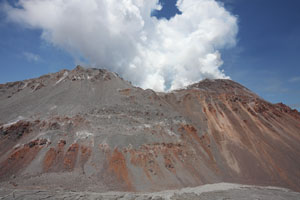 |
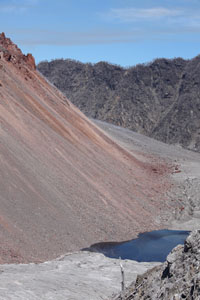 |
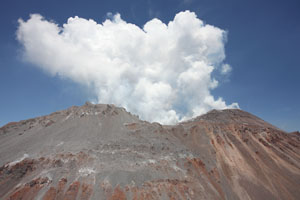 |
|
Overview |
NW flank of dome |
Overview |
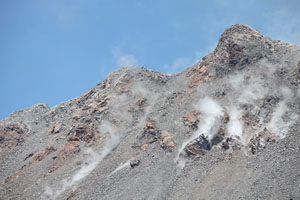 |
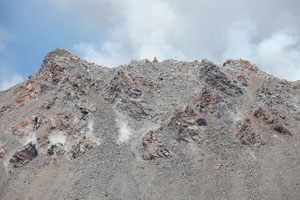 |
|
NE summit of dome |
NE summit of dome |
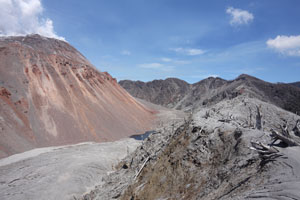 |
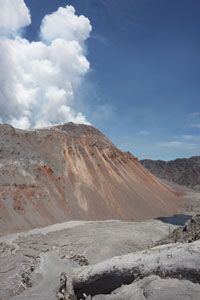 |
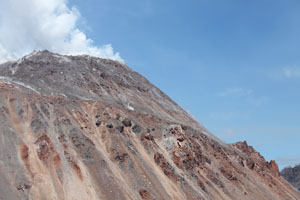 |
|
NW part of caldera / dome |
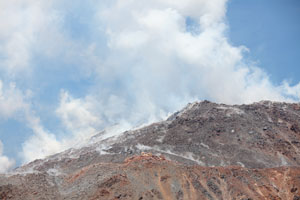 |
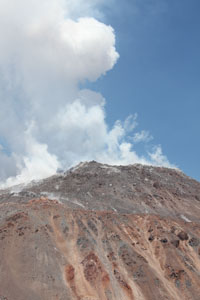 |
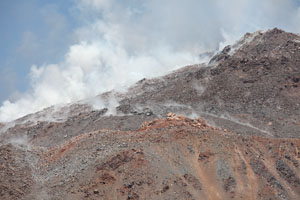 |
|
NW summit of dome (audibly extruding during visit) |
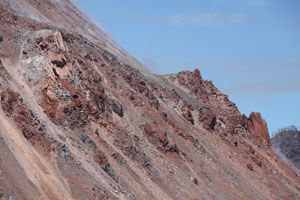 |
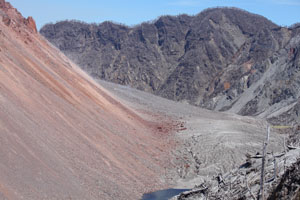 |
|
Remains of extrusions |
Remains of extrusions |
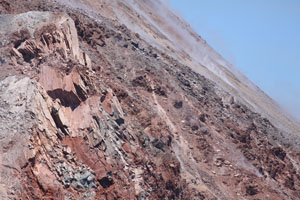 |
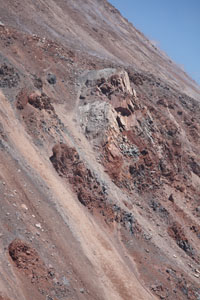 |
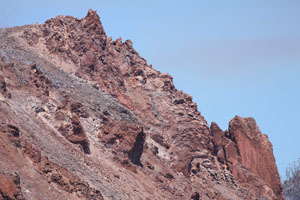 |
|
Remains of extrusions |
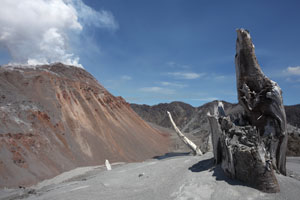 |
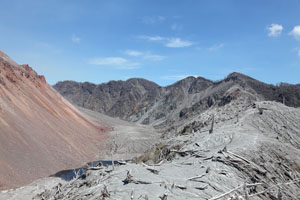 |
|
Dome, damaged vegetation on caldera rim. |
Dome, damaged vegetation on caldera rim. |
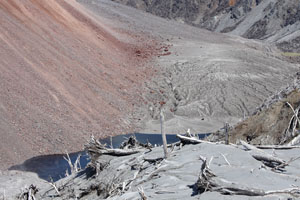 |
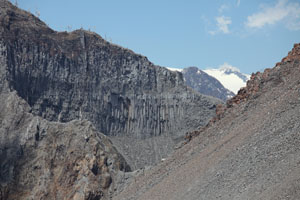 |
|
Dome, damaged vegetation on caldera rim. |
Pillars of lava in eastern caldera rim |
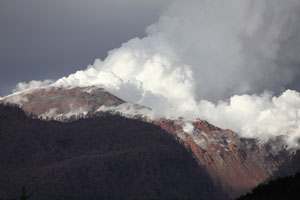 |
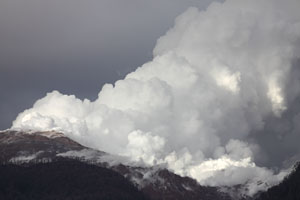 |
|
South side of dome - note: right side not contained by caldera wall |
Increased steam emission following period of heavy rainfall |
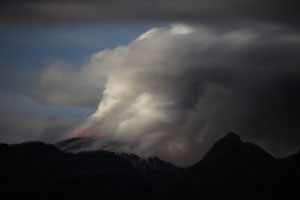 |
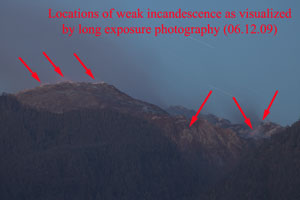 |
|
Incandescence visualized by long exposure photography (early morning 28. Nov. 2009) |
Locations of weak incandescence (evening 6. Dec. 2009) |
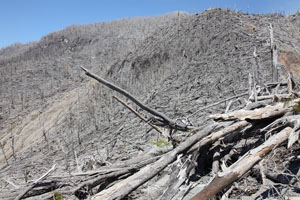 |
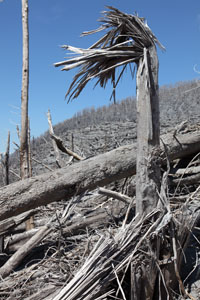 |
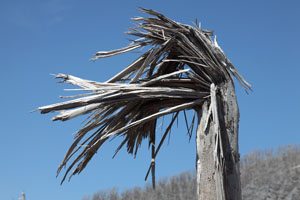 |
|
Forest destroyed by pyroclastic flows |
Forest destroyed by pyroclastic flows |
Tree trunk torn off by pyroclastic flow |
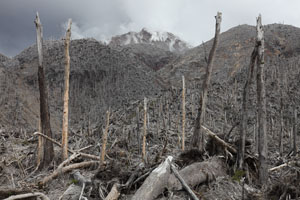 |
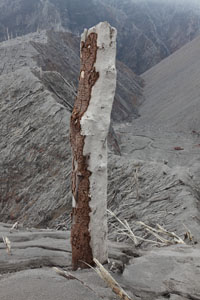 |
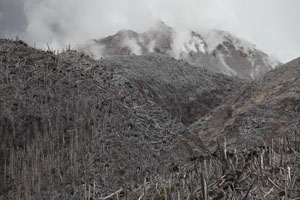 |
|
Pyroclastic Flow Damage, N Flank |
Tree with bark removed on side facing PF |
Edge of Pyroclastic Flow Impacted Area |
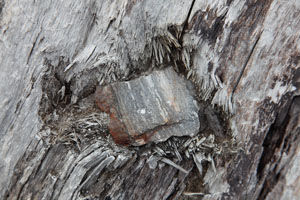 |
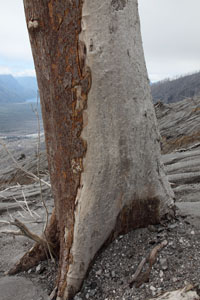 |
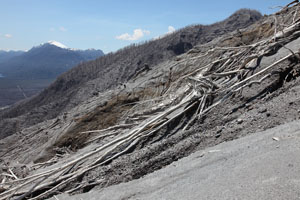 |
|
Small rock embedded in tree-trunk by PFs |
Tree with bark removed on side facing PF |
Slope stripped of forest, upper N Flank |
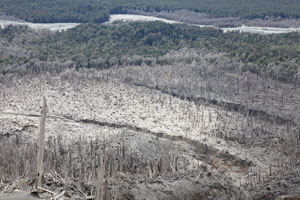 |
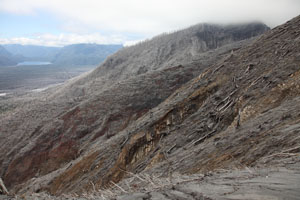 |
|
View over forest destroyed by PFs |
Upper slopes partially stripped down to bedrock |
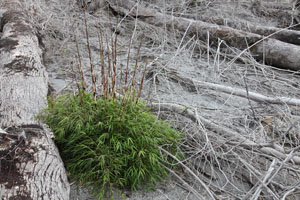 |
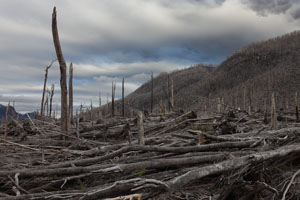 |
|
First plant (bamboo) reestablishing itself in PF zone |
Flattened forest at base of N flank |
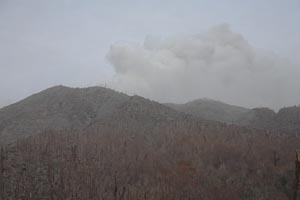 |
 |
|
View of singed forest in July 2008 with ash eruption in background |
Overview of N flank PF zone |
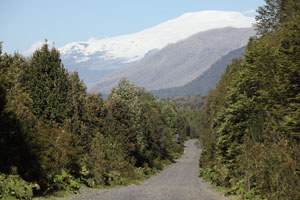 |
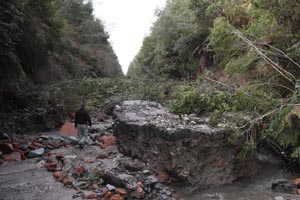 |
|
Caleta Gonzalo road, brown singed forest near Chaiten, glaciated Minchinmavida volcano |
Eroded road to Caleta Gonzalo (July 2008). Location approx. middle left edge of image above. |
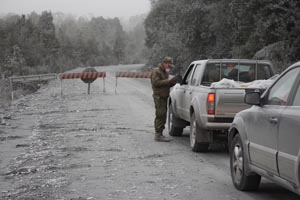 |
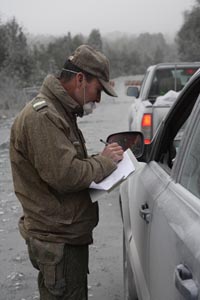 |
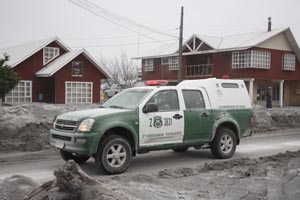 |
|
Control Post Road Leading N from Chaiten Town |
Policeman Controling Papers |
Police Car Patroling Streets of Chaiten |
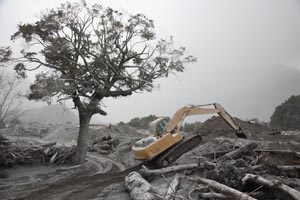 |
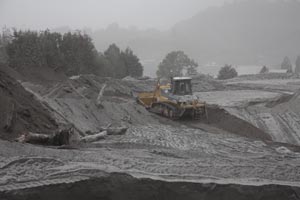 |
|
Work to Strengthen River Banks to Protect Town from Lahars |
Work to Strengthen River Banks to Protect Town from Lahars |
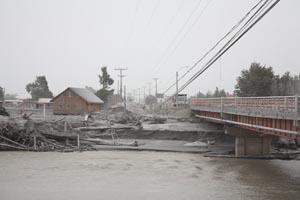 |
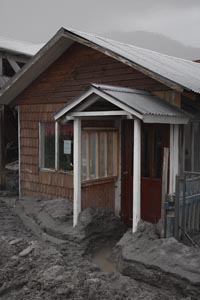 |
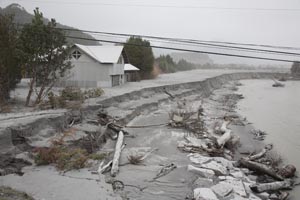 |
|
Chaiten Bridge, View Towards Town Center |
View from Bridge Upstream |
Lahar Deposits Downstream from Bridge |
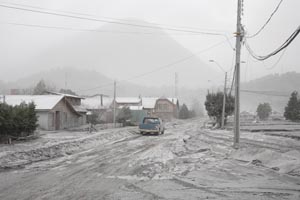 |
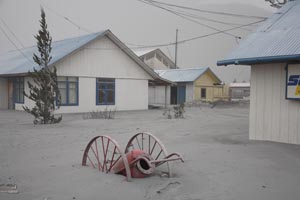 |
|
Lahar Deposits in Chaiten Town |
Lahar Deposits in Chaiten Town |
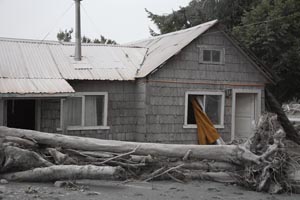 |
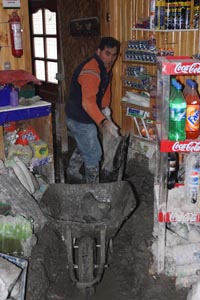 |
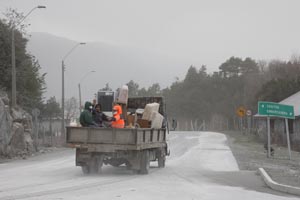 |
|
Lahar Deposits in Chaiten Town |
Lahar Deposits in Supermarket |
Lahar Deposits in Chaiten Town |
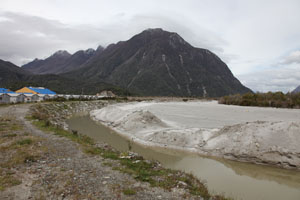 |
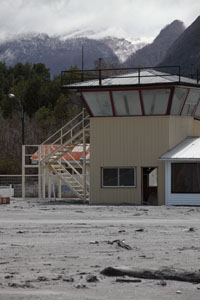 |
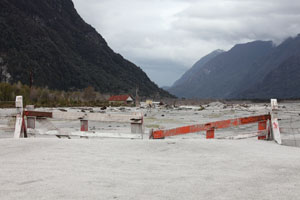 |
|
Original river bed filled with sediments |
Control tower with dome behind |
Lahars flooded the entire runway of Chaiten airport |
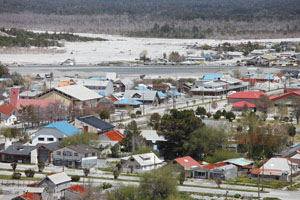 |
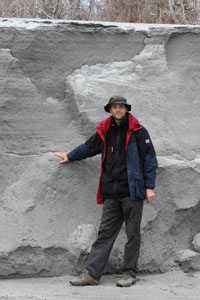 |
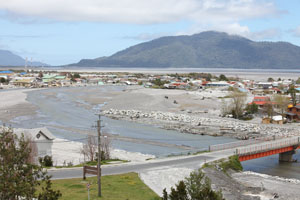 |
|
Light areas (top): old river bed going round back of town and airport runway (top left) |
Lahar deposits by Rio Blanco |
New course of the Rio Blanco river through town |
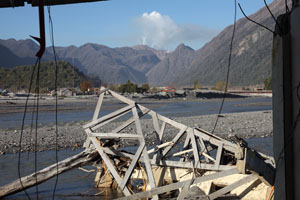 |
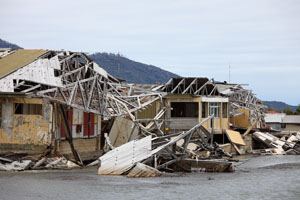 |
|
View out of Escuela Italia towards volcano over area cleared by redirected river |
Severely damaged buildings of Escuela Italia |
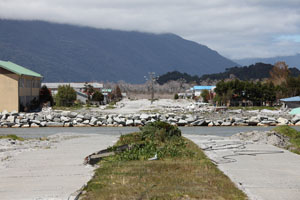 |
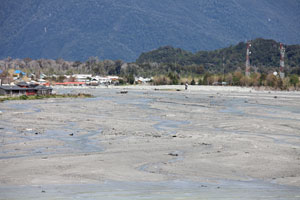 |
|
New river bed cuts Avenida Libertad at height of Av. Pillan |
Harbour area full of sediments on right |
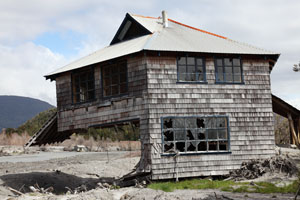 |
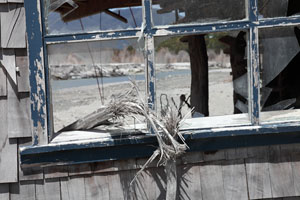 |
|
Riverside property missing section due to impact of lahar |
Twisted branch lodged in window-frame by lahars |
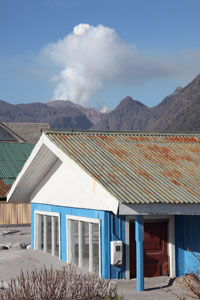 |
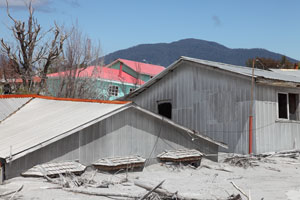 |
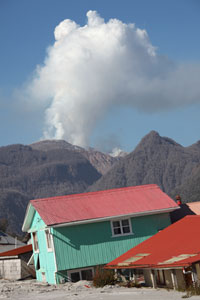 |
|
Partially buried house (Av. Rio Blanco) |
Deep lahar deposits along Av. Rio Blanco |
Houses tipped by lahars along Av. Rio Blanco |
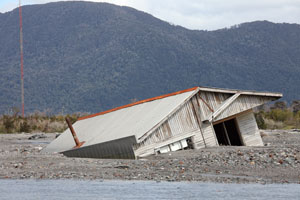 |
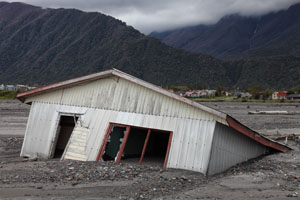 |
|
House deposited in sediment delta |
House deposited in sediment delta |
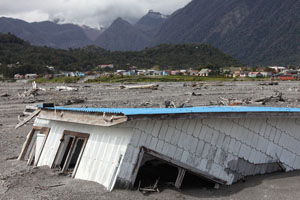 |
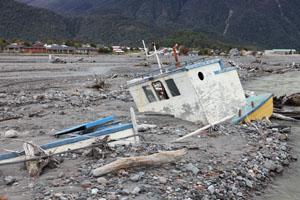 |
|
House deposited in sediment delta |
Small fishing vessel stuck in lahar deposits |
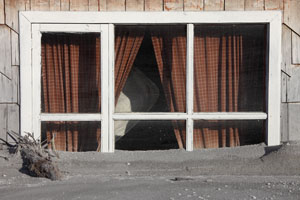 |
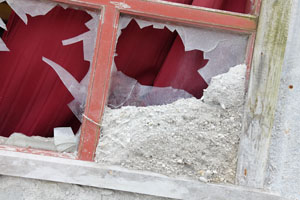 |
|
Buried window survived as not in most energetic lahar flow path |
Window broken by debris in main lahar path |
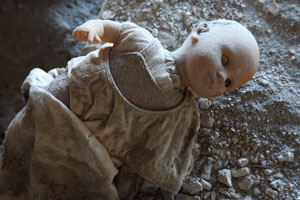 |
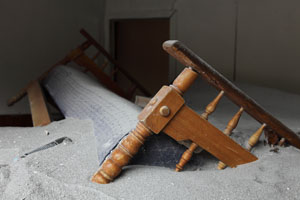 |
|
Doll partially stuck in lahar deposits |
Buried sofa - Living room flooded by lahars |
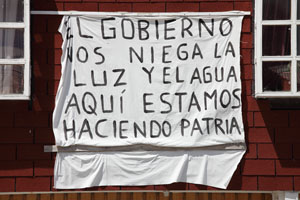 |
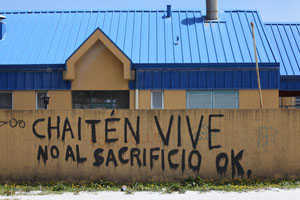 |
|
"The goverment is denying us light and water, but here is our home" |
"Chaiten lives. Do not sacrifice it" |
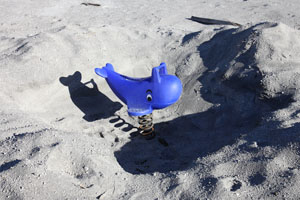 |
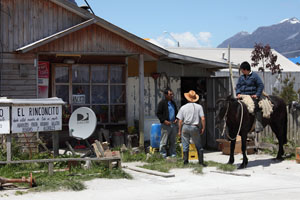 |
|
Sign of hope ? The playground dolphin has been dug out so children may play. The dolphin is a symbol of Chaiten. |
Locals in front of only supermarket to open again in Chaiten cities southern district. |
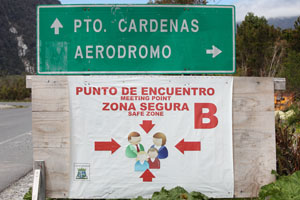 |
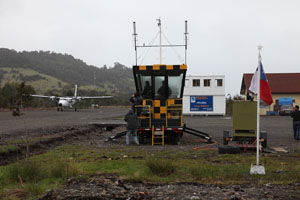 |
|
Safe zones have been designated in case of heightened activity. |
Santa Barbara airstrip. Planes take off on a widened section of road. |
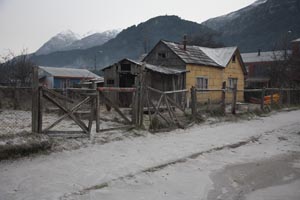 |
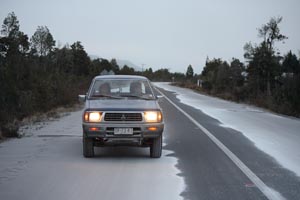 |
|
Ash on Pavement in Futaleufu near Argentinian Border |
Compacted Ash on Road Leading out of Chaiten to East |
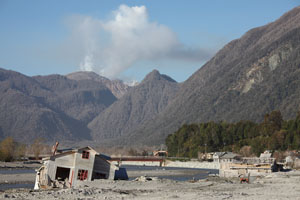 |
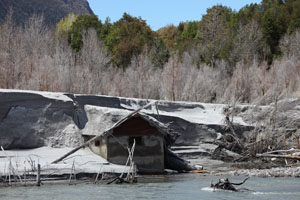 |
|
. |
. |
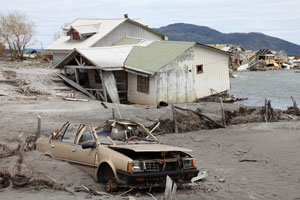 |
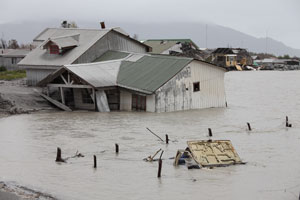 |
|
. |
. |
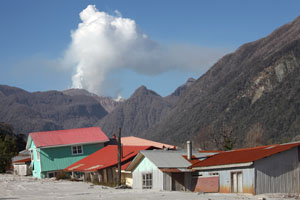 |
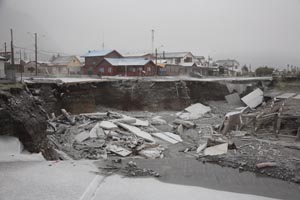 |
|
. |
. |